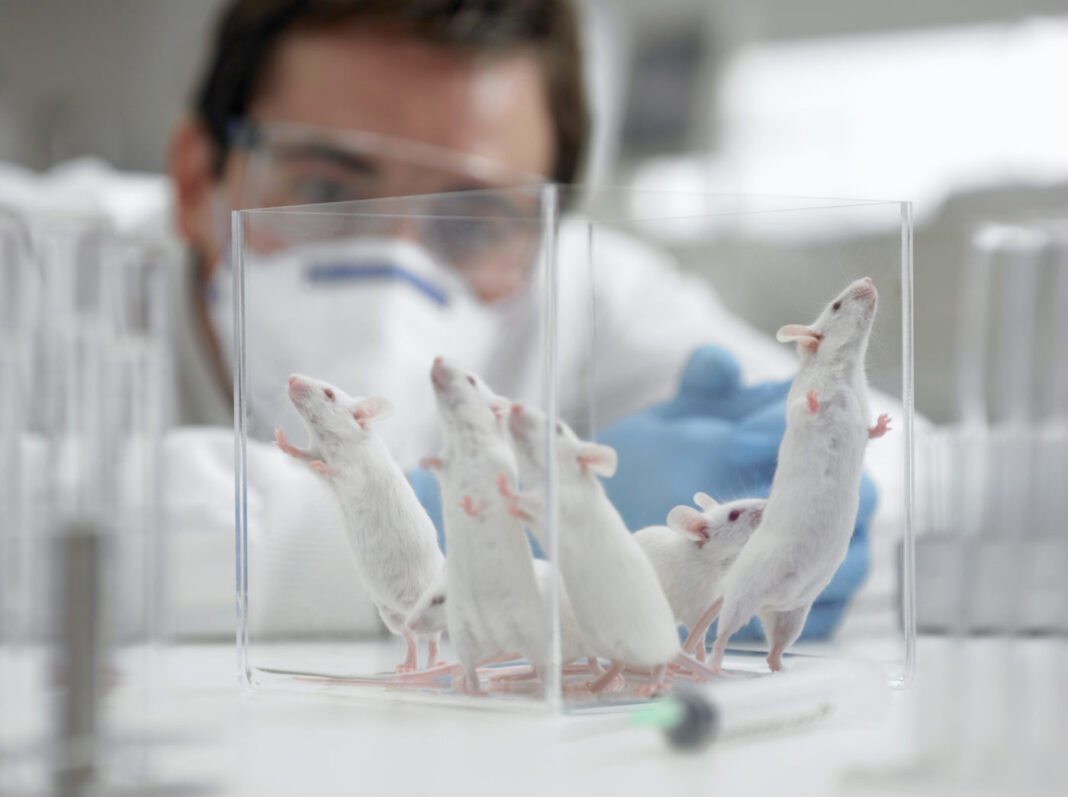Hutchinson-Gilford progeria syndrome (HGPS) is a genetic condition characterized by the dramatic, rapid appearance of aging beginning in childhood. The prevalence of HGPS is approximately 1 in 20 million, so at any given time, there are approximately 400 children living with progeria worldwide. As of December 2020, the Progeria Research Foundation International Progeria Registry had identified a total of 131 children and young adults living with progeria worldwide including 20 living in the United States. Now, scientists have identified a potential new treatment approach in mice for treating the rare genetic condition.
The findings in mice were published in the journal eLife, in a paper titled, “A small-molecule ICMT inhibitor delays senescence of Hutchinson-Gilford progeria syndrome cells.”
“A farnesylated and methylated form of prelamin A called progerin causes HGPS,” the researchers wrote. “Inhibiting progerin methylation by inactivating the isoprenylcysteine carboxylmethyltransferase (ICMT) gene stimulates proliferation of HGPS cells and improves survival of Zmpste24-deficient mice. However, we don’t know whether ICMT inactivation improves phenotypes in an authentic HGPS mouse model. Moreover, it is unknown whether pharmacologic targeting of ICMT would be tolerated by cells and produce similar cellular effects as genetic inactivation.”
Current treatments for HGPS prevent the farnesylation of progerin, but although these drugs improve some symptoms in patients, they can stop cells from multiplying.
“Previous research has raised the possibility that inhibiting ICMT activity could be an effective therapeutic strategy,” noted Xue Chen, a PhD student at the department of biosciences and nutrition, Karolinska Institute and first author. “We wanted to determine if these therapeutic benefits would be seen in living mice with HGPS and whether we could use existing drugs to safely reproduce the effects of genetic inactivation on a cellular level.”
The researchers used mice with HGPS that produced progerin and inactivated the ICMT gene, to observe how their health was affected. They found the mice that lacked ICMT survived significantly longer, and had higher body weights, compared to unmodified mice with progeria. They also had larger skeletal muscle fibers, that resembled those of healthy mice. Their findings are significant as cardiovascular problems are the main cause of mortality in children with HGPS.
The researchers then treated HGPS cells and the HGPS-mimicking cells from mice with a synthetic chemical called C75 that strongly inhibited the ICMT protein. Deterioration of the cells was delayed and cell division and growth were stimulated. The researchers also noted that there were no significant unintended effects when C75 was applied to healthy human cells and mouse cells that lacked the target ICMT protein.
“We hope these findings will further incentivize the development of efficacious compounds targeting ICMT,” said Mohamed Ibrahim, a PhD fellow at the Sahlgrenska Center for Cancer Research, University of Gothenburg. “This approach would also likely lack the detrimental properties of current protocols treating already frail children with drugs originally developed to treat cancer.”
Next, the team studied where the progerin protein accumulates in cells treated with C75. They found that progerin accumulates inside the center of the cell—the cell nucleus. This suggests that blocking the methylation of progerin by ICMT redirects the proteins and reduces their ability to cause damage.
“Our study has taken important steps in validating ICMT as a potential drug target that could provide advantages over existing treatments for children with this fatal condition,” concluded senior author Martin Bergo, professor at the department of biosciences and nutrition, Karolinska Institute.
Further studies are now needed to find compounds that can target ICMT in living organisms, not just in cells, the researchers said. These findings may lead to the development of new effective treatments.



